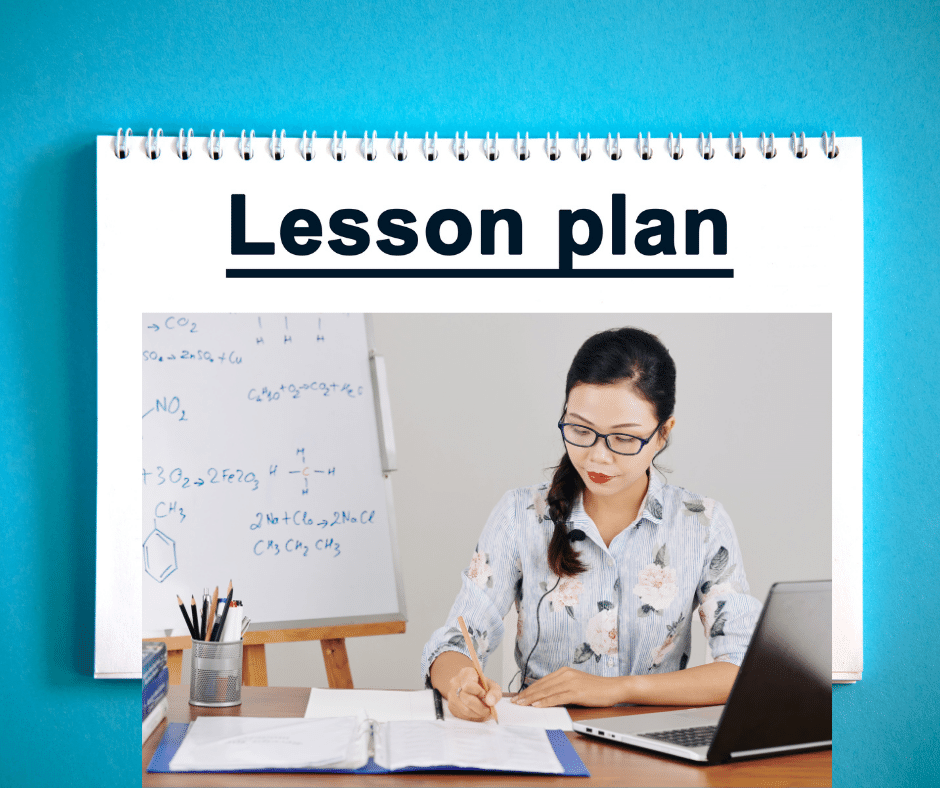Sample LESSON PLAN Using the Universal Design for Learning (UDL) Principles
If you wish to WOW your supervisor/principal when evaluation time comes around, check out the Universal Design for Learning (UDL).
General Info - Further Reading/Research.
Read more here: Universal Design for Learning (UDL)
Earth’s Crust Science Lesson Plan
Objective
Students will understand the layers of the Earth’s crust and its dynamic nature.
Grade Level
Elementary School (Grade 3–5)
Universal Design for Learning (UDL) Principles
Representation:
Whole Class: Engage students with visual aids (diagrams, images) showing Earth’s layers.
Small Group: Provide hands-on activities (model building, jigsaw reading) to explore crust properties.
Individualized: Offer differentiated reading materials (varying complexity) for research.
Action and Expression:
Whole Class: Encourage class discussions about Earth’s crust.
Small Group: Collaborate on model-building tasks.
Individualized: Allow students to express understanding through writing, drawing, or oral presentations.
Engagement:
Whole Class: Use multimedia (videos, animations) to captivate interest.
Small Group: Foster teamwork during model construction.
Individualized: Provide choice in research topics related to crust.
Lesson Plan Format (Copy and Paste into Google Docs)
Title: Earth’s Crust Exploration
Objective
Students will be able to name the parts of the Earth and understand its dynamic nature.
Materials
Visual aids (diagrams, images)
Model-building supplies (clay, paper, markers)
Reading materials (articles on Earth’s crust)
Procedure
Introduction (Whole Class)
Show a diagram of Earth’s layers.
Discuss the crust’s significance and its role in geological processes.
Model Building (Small Group)
Divide students into groups.
Provide materials for building Earth models (representing crust, mantle, core).
Students collaborate to construct models.
Jigsaw Reading (Small Group)
Assign different articles about Earth’s crust to small groups.
Each group reads and gathers information.
Groups share findings with the whole class.
Individual Research (Individualized)
Students choose a specific aspect of crust (e.g., tectonic plates, rock types).
Research independently using provided reading materials.
Create a short presentation or write a paragraph about their chosen topic.
Closure (Whole Class)
Discuss findings from jigsaw reading.
Reflect on the dynamic nature of Earth’s crust.
Assessment
Group model presentations
Individual research presentations or written paragraphs
California State Standards (Reference)
NGSS: 5-ESS2-1 (Develop a model to describe the movement of Earth’s materials)
CCSS: W.3.7 (Conduct short research projects)
Feel free to copy and paste this template into your Google Docs document. Adapt it as needed for your specific lesson on Earth’s crust!




